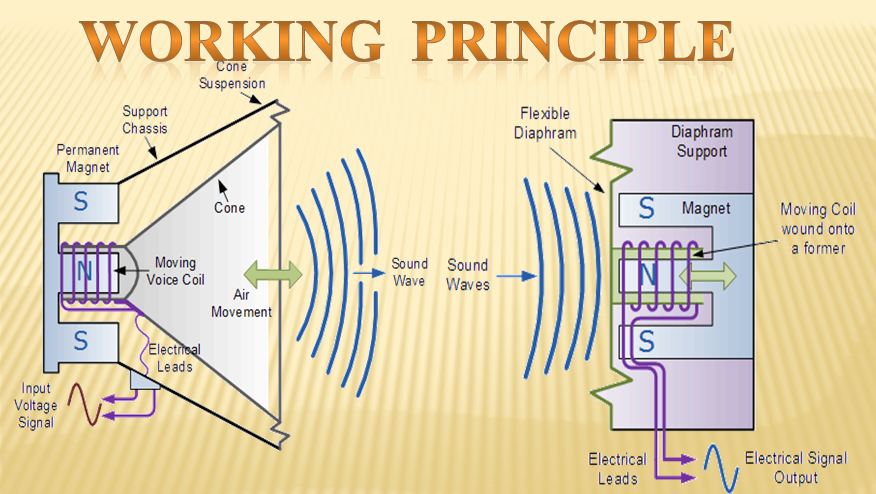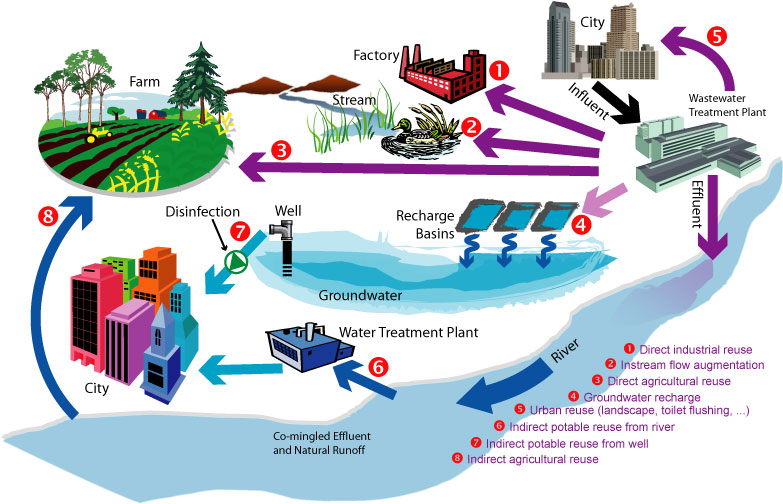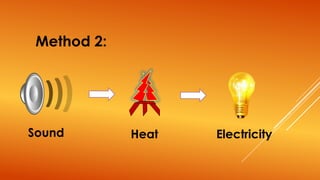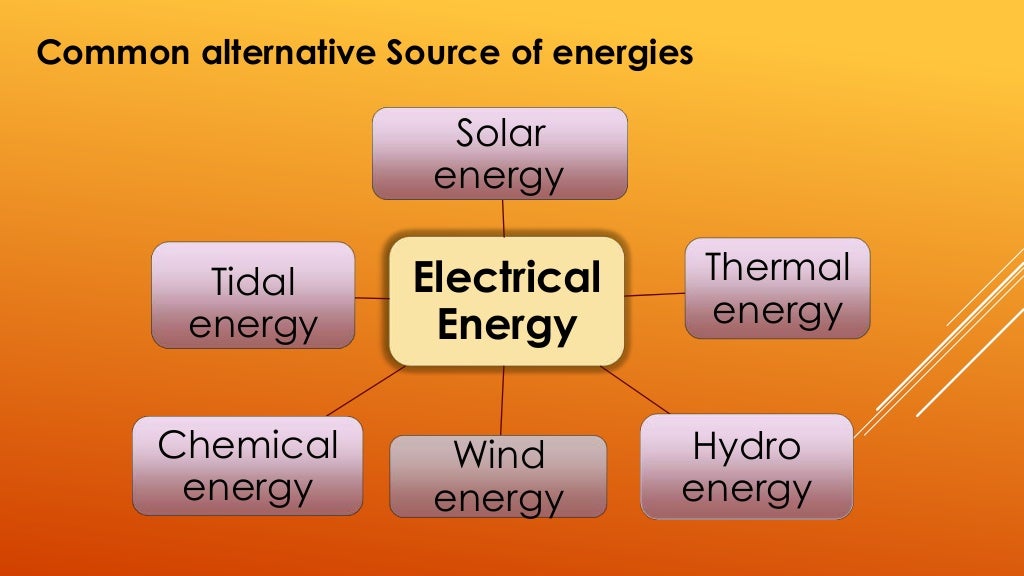Reusing The Sound Generated By Speakers As Electricity To Give For The Speakers Presentation
| Introduction | ||
|---|---|---|
| Reusing sound as electricity for speakers is an innovative concept. It aims to make speakers self-sufficient and reduce energy consumption. This presentation explores the potential of this technology. | ||
| 1 | ||
| How does it work? | ||
|---|---|---|
| Sound energy is converted into electrical energy through specialized transducers. The transducers capture the sound waves and convert them into usable electricity. This electricity is then fed back into the speakers for their power source. | ||
| 2 | ||
| Benefits of reusing sound as electricity | ||
|---|---|---|
| Energy efficiency is significantly improved, reducing the need for external power sources. Cost savings are achieved by eliminating the need for traditional power supply. Environmental impact is reduced due to lower energy consumption and waste. | ||
| 3 | ||
| Challenges and limitations | ||
|---|---|---|
| Sound-to-electricity conversion efficiency is currently limited, affecting overall performance. Complex circuitry and additional components are required to implement this technology. Sound quality could be compromised due to the energy conversion process. | ||
| 4 | ||
| Potential applications | ||
|---|---|---|
| Wireless speakers can become truly wireless, eliminating the need for charging or batteries. Public address systems in crowded areas can self-power and reduce energy consumption. Integration into smart home systems can enhance energy efficiency and convenience. | ||
| 5 | ||
| Current research and development | ||
|---|---|---|
| Ongoing research focuses on improving the efficiency of sound-to-electricity conversion. New materials and technologies are being explored to enhance the performance of transducers. Collaborations between audio and energy sectors aim to push the boundaries of this technology. | ||
| 6 | ||
| Future prospects | ||
|---|---|---|
| Advancements in sound-to-electricity conversion could revolutionize the speaker industry. Integration with renewable energy sources can create sustainable and self-sufficient systems. The potential for sound recycling in various applications is vast and promising. | ||
| 7 | ||
| Case study: Sound-powered speakers | ||
|---|---|---|
| Example: A portable Bluetooth speaker that reuses sound as electricity. The speaker harnesses the sound waves it produces to power itself. This eliminates the need for external charging and enhances portability. | ||
| 8 | ||
| Conclusion | ||
|---|---|---|
| Reusing sound as electricity for speakers has immense potential. Although challenges exist, ongoing research and development show promising results. With further advancements, this technology can transform the audio industry. | ||
| 9 | ||
| References (download PPTX file for details) | ||
|---|---|---|
| Smith, J. (2020). Reusing Sound Energy for Sp... Johnson, A. (2018). Sound-to-Electricity Conv... Green, S. (2019). Advancements in Sound Recyc... |  | |
| 10 | ||







